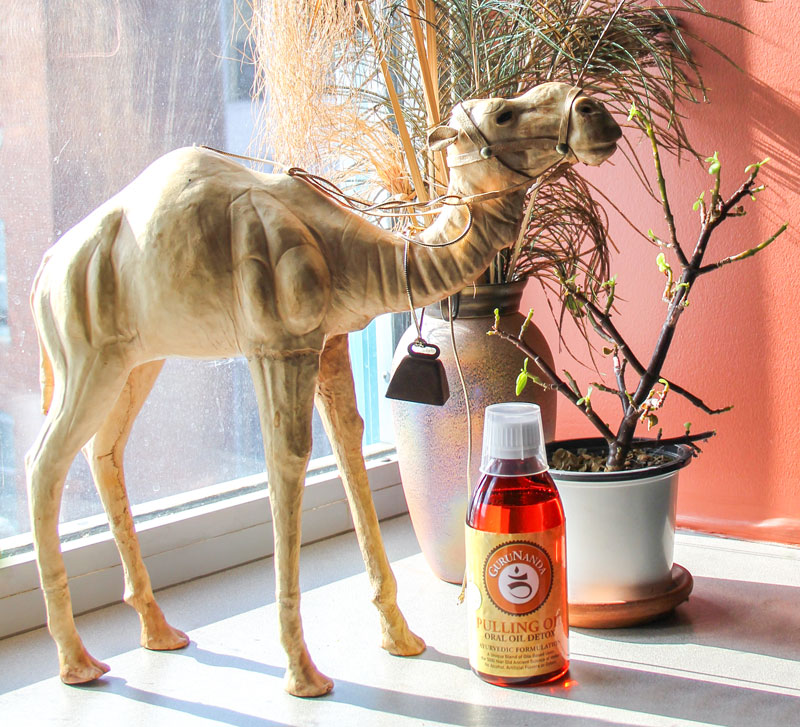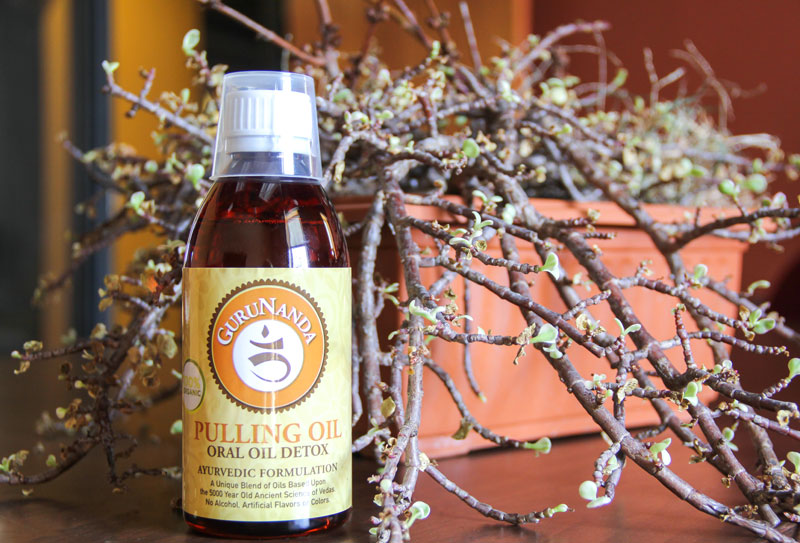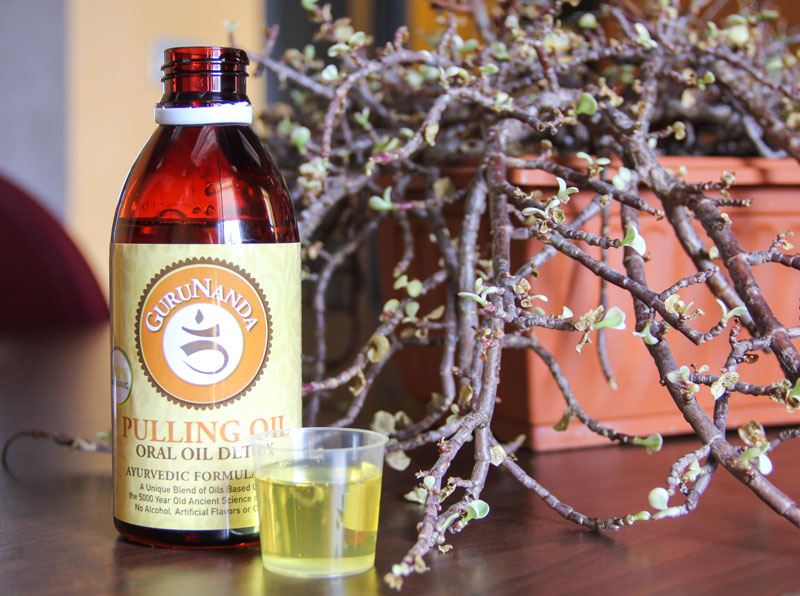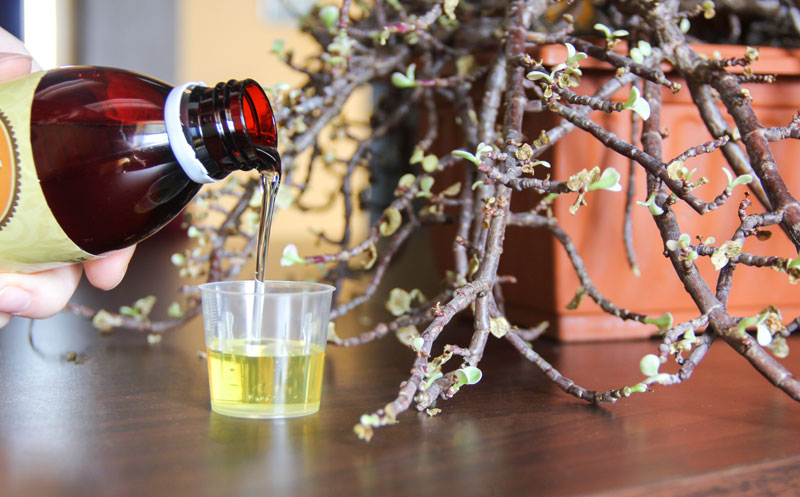One benefit to getting older is that I’m increasingly more open-minded. Things that would have never interested me three or four years ago now merit not only a second glance, but often deeper research and, sometimes, even a good ol’ fashioned try!
One of these methods is the oil-pulling method. An Ayurvedic healing practice that dates back 5,000 years, oil pulling consists of swishing a blend of natural oils around in your mouth twice per day in order to detoxify your mouth.
The benefits of oil-pulling are said to possibly improve the following (Journal of International Oral Health, 2010):
- Tooth decay
- Odor
- Bleeding gums
- Dryness of throat
- Cracked lips
- Weakened or mildly infected teeth, gums and jaws
Some persons also report a sense of clearheadedness after using the oil-pulling method, as though they have undergone a “detox.” This, however, has not been proven.
Is There Scientific Merit to the Oil-Pulling Method?
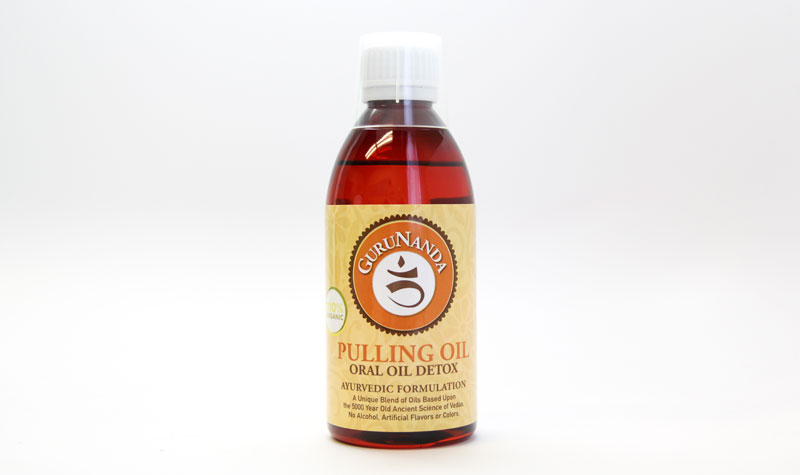 Yes, but not for the reasons you might believe.
Yes, but not for the reasons you might believe.
It is widely popularized on the internet that swishing with oils can activate enzymes in your digestive tract, or by pulling out significant amounts of toxins through small blood vessels in your mouth.
But these are not correct — Any chewing or swallowing sensation activates enzymes in your digestive tract (so the oil-pulling method would not be introducing anything new, unless you don’t eat, in which case we have another problem here altogether). The most significant toxins are disposed of through your body’s liver and kidneys, not the tiny blood vessels of the mouth, through which incomparably tiny amounts of toxins could actually be pulled. These beliefs come through Ayurvedic medicine, which claims that the tongue controls different parts of the body. But I am a believer in primarily western science at the moment, and I stand by “these are not the reasons the oil-pulling method works” from my own western-minded perspective.
So why does the oil-pulling method actually work, in my opinion?
Two reasons. One, certain types of oil may fight bacteria common in the mouth, including S. mutans and C. albicans. These include coconut oil, corn oil, rice bran oil, palm oil, sesame oil, sunflower oil and soy bean oil (Asia Journal of Public Health, 2011).
Two, according to a study in the Journal of Ayurveda and Integrative Medicine, the oil-pulling method works because of the properties of the individual oils used, which include:
- Amla (Emblic myrobalan), is a general rebuilder of oral health.
- Bilberry fruit (Vaccinium myrtillus) and hawthorn berry (Crateagus oxycanthus) may stabilize gum collagen, strengthening the gum tissue.
- Liquorice root (Glycyrrhiza glabral) may promote anti-cavity action, reduces plaque, and has an antibacterial effect.
What are the Best Oils for Use in the Oil-Pulling Method?
The best oils for oil pulling include:
- Amla (Emblic myrobalan), may be a general rebuilder of oral health.
- Bilberry fruit (Vaccinium myrtillus) may stabilize gum collagen, strengthening the gum tissue.
- Coconut oil (active component: lauric acid) may be anti-bacterial.
- Corn oil may be antibacterial.
- Hawthorn berry (Crateagus oxycanthus) may stabilize gum collagen, strengthening the gum tissue.
- Liquorice root (Glycyrrhiza glabral) may promote anti-cavity action, reduces plaque, and has an antibacterial effect.
- Palm oil may be antibacterial.
- Rice bran oil may be anti-inflammatory and anti-bacterial.
- Sesame oil may be antibacterial.
- Sunflower oil may be antibacterial.
- Soybean oil may be antibacterial.
How to Use the Oil-Pulling Method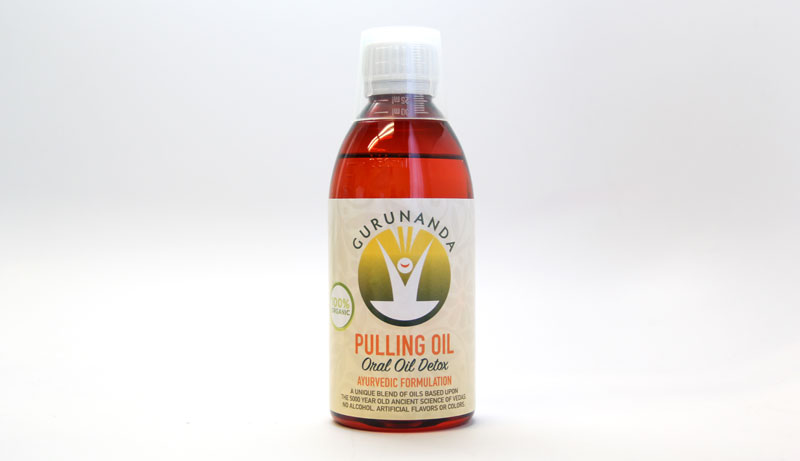
- Put about a tablespoon of oil in your mouth. I like coconut oil or GuruNanda Pulling Oil, which has a pleasant taste and contains a blend of anti-bacterial and anti-inflammatory sesame oil, sunflower oil, coconut oil, and peppermint oil.
- Swish the oil around your mouth for about 15-20 minutes.
- Spit out the oil, ensuring that as much oil is spit out as possible. Then brush your teeth.
Bottom Line
The oil-pulling method is not mainstream in western countries yet, so the number of studies from western medical journals is limited. However, a study was conducted by Asokan S et al to compare the effect of oil pulling with sesame oil and chlorhexidine mouthwash on gingivitis (Indian Journal of Dentistry Research, 2009). There was a statistically significant reduction of the plaque in both groups. Surprisingly, though, the oil pulling therapy showed a further reduction in the plaque index, modified gingivitis (“gingival scores”), and total colony count of bacteria. So, like, wow — this is a method with true promise.
I recommend either 100% pure coconut oil or the GuruNanda Pulling Oil for the method. It does feel great afterwards — and even though Ayurvedic practitioners may claim it has far greater benefits, I just like that my mouth feels really clean and fresh afterwards in a somehow “new” way that is hard to explain.
This post is brought to you by GuruNanda and their associates. I would not agree to write the post unless I had tried and approved the product and the science behind it first. All opinions are my own and I stand by this post completely.


